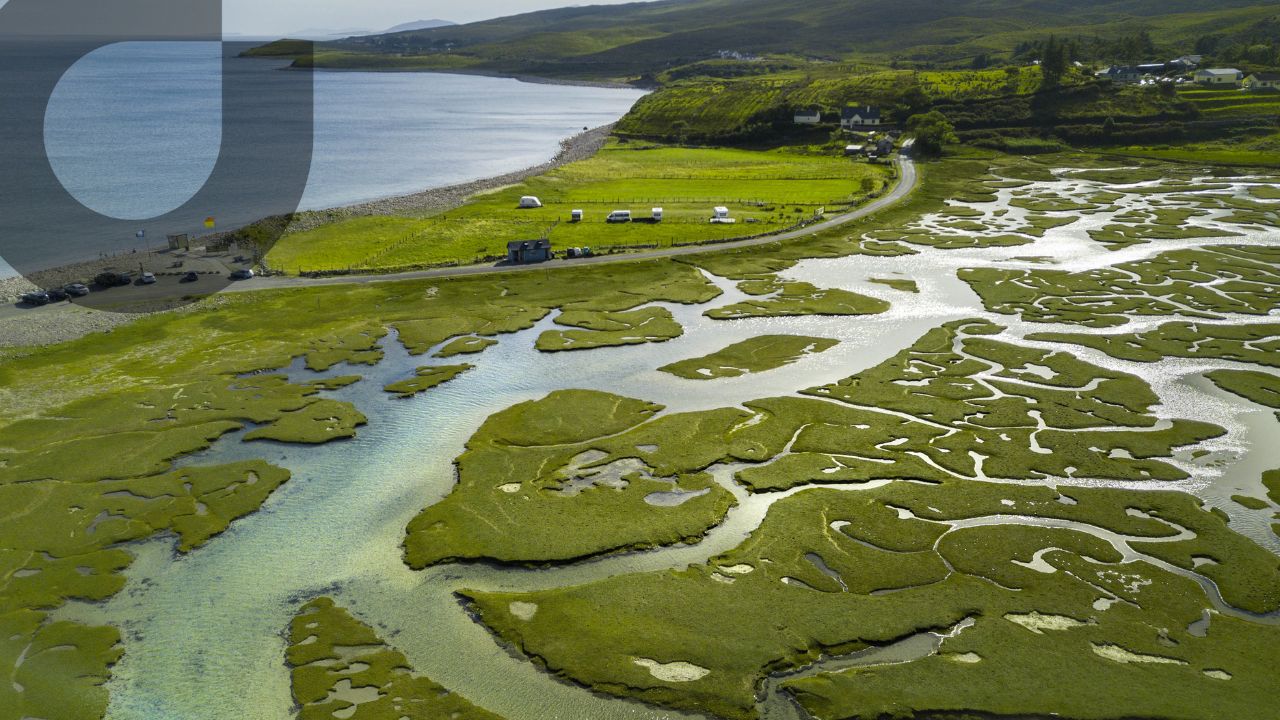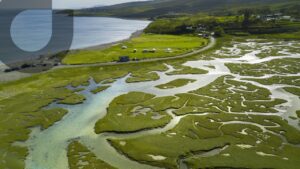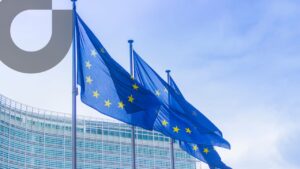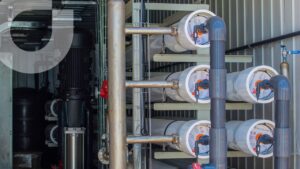The accelerating degradation of aquatic ecosystems, from glacier-fed headwaters to the deep ocean floor, is not the result of natural drivers alone. It is the product of choices, institutions, and boundaries that divide what nature never intended to separate. Nowhere is this clearer than in the way we govern freshwater, coastal, and marine systems: as disconnected realms with fragmented policies, planning and assessment tools, and often conflicting incentives.
The recent UN Ocean Conference held in Nice (June 2025) brought this dissonance into sharp relief. While much of the global conversation on ocean governance continues to focus on fisheries, marine pollution, and climate resilience at sea, a growing coalition of policymakers, scientists, and civil society voices used the Nice forum to advance an integrated “source-to-sea” approach. It is a shift that deserves attention, from my viewpoint: not just from marine stakeholders, but from everyone involved in freshwater resource management, infrastructure development, and environmental planning.
Recognizing the Continuum
The notion of source-to-sea is not new. It acknowledges that what occurs upstream (i.e., deforestation, wastewater discharges, agricultural runoff, sediment loss) directly affects the health and resilience of coastal and marine ecosystems. But while the science is well established, the governance frameworks remain misaligned.
Dedicated sessions in Nice underscored the ecological interdependencies between rivers and oceans, and emphasized the need to move beyond traditional sectoral and jurisdictional divides. Upstream drivers, from microplastic flows to nutrient overload, are often invisible in marine governance regimes, and conversely, how coastal degradation rarely feeds back into freshwater planning decisions. The result is a systemic blind spot in our global efforts to restore and protect aquatic ecosystems.
The European Experience: WFD and MSFD
Europe offers a telling case. The Water Framework Directive (WFD), adopted in 2000, established river basin management plans aimed at achieving “good status” for all inland, transitional, and coastal waters. It was one of the most ambitious pieces of environmental legislation of its time, calling for integrated water management at the catchment level. (I will post a new article sooner than later on the 25th anniversary of this Directive).
Eight years later, the Marine Strategy Framework Directive (MSFD) introduced a parallel mandate for marine waters, aiming to achieve “Good Environmental Status” (GES) through a suite of ecological descriptors, including biodiversity, eutrophication, contaminants, marine litter, and sea-floor integrity.
Despite shared goals and overlapping geographic zones, particularly in estuaries and nearshore coastal areas, the two directives have evolved along separate paths. Different agencies, monitoring systems, timelines, and terminologies have resulted in fragmented implementation. Even where both directives are applied to the same water body, such as in transitional estuaries, coordination is somehow limited.
Efforts are now underway to improve alignment. Technical groups supported by the European Commission have proposed using WFD monitoring data to inform MSFD assessments, particularly for parameters such as nutrient levels and contaminants in seafood. Yet full integration remains elusive, especially when funding, reporting obligations, or legal interpretations diverge.
Emerging Challenges and Complex Linkages
Desalination is an eloquent example of a policy and management issue that illustrates the need for integrated thinking. While desalination has become a critical solution for water-scarce regions, it creates byproducts, particularly high-salinity brine, that are frequently discharged into nearshore marine environments. These discharges have been closely monitored and subjected to rigorous Environmental Impact Assessments (EIAs) due to the potential effects they could have on marine flora and fauna at the discharge point. These brine effluents should not be discharged with no treatment, when we have the knowledge and the technology to prevent that from happening.
Managing such impacts cannot be addressed solely through marine legislation. It requires upstream planning that accounts for water withdrawals, reclaimed water reuse, seasonal flows, and cumulative stress on receiving ecosystems. A source-to-sea approach helps clarify these trade-offs and guide more consistent regulatory responses.
Another area where this linkage is becoming increasingly visible is microplastic pollution. Plastics often enter water systems far upstream, through urban runoff, industrial activity, or untreated wastewater. By the time they reach coastal waters or marine ecosystems, tracing their origin, and managing their sources, has become way more complex. The MSFD includes marine litter as one of its core descriptors, yet many of the policy levers to control plastic pollution lie upstream, in land-based waste and water systems typically governed under different legal frameworks.
Integrating Nature-Based Solutions but Not Only
There is growing recognition that nature-based solutions offer a promising pathway to reconnect freshwater and marine systems, both ecologically and institutionally. Wetland restoration, riparian buffers, floodplain reconnection, and mangrove rehabilitation can all reduce pollution loads, trap sediments, support biodiversity, and build resilience to climate extremes across the full freshwater–marine gradient.
However, the financing and implementation of such solutions still often fall between the cracks. Conservation funding tends to prioritize either terrestrial or marine biodiversity, while water sector financing is frequently directed toward grey infrastructure. More deliberate mechanisms are needed to align investments, design bankable projects, measure co-benefits, and facilitate cross-sectoral cooperation.
Institutional and Data Gaps
One of the most persistent barriers to source-to-sea governance is the institutional separation of responsibilities. In many countries, water agencies manage rivers and lakes, while ministries of environment or maritime affairs govern marine zones. Coastal areas (especially estuaries, deltas, and lagoons) fall into overlapping jurisdictions, often resulting in administrative inertia or gaps in enforcement.
In addition, the data generated by freshwater and marine monitoring programs is often incompatible. Different sampling methods, timeframes, and quality standards limit the ability to draw connections across the water cycle. Bridging these gaps requires not only technical harmonization, but a governance culture that values systems thinking and cross-institutional collaboration.
Key priorities
The Nice conference helped consolidate international momentum around the need for integrated, whole-system approaches to water governance. It offered a clear signal: marine health cannot be safeguarded in isolation. The resilience of oceans depends on the quality and integrity of freshwater flows: from glacier melt and groundwater to river basins and coastal estuaries.
Moving forward, key priorities should include:
- Coordinating freshwater and marine directives, including harmonized indicators and reporting cycles;
- Deepening efforts on joint programs of measures at the basin–coastal interface;
- Enhancing investment in nature-based solutions with shared freshwater–marine benefits;
- Improving data integration and modeling across the source-to-sea continuum;
- Strengthening institutional capacity for cross-sectoral and cross-jurisdictional governance.
From source to sea, the path toward water security is a continuum. Policies, technologies, and institutions must evolve to reflect this fact, before fragmentation becomes irreversible.







